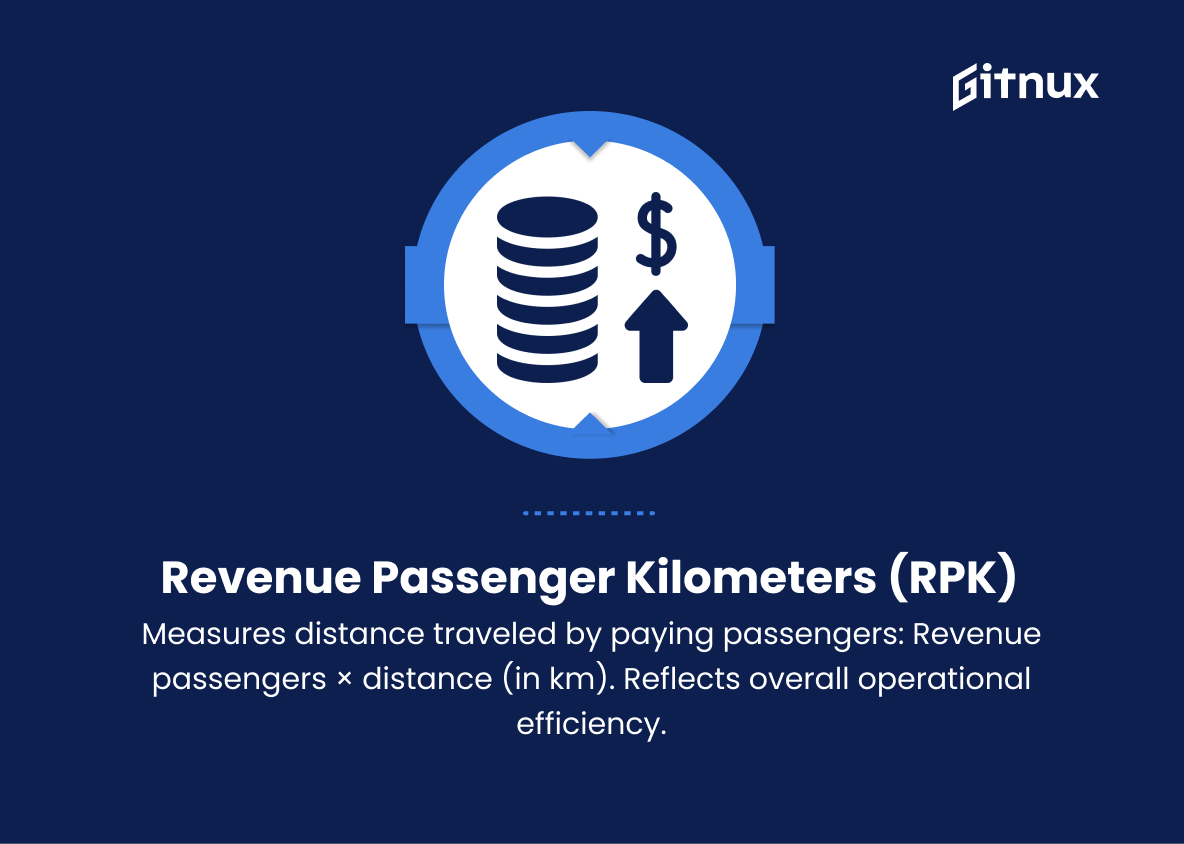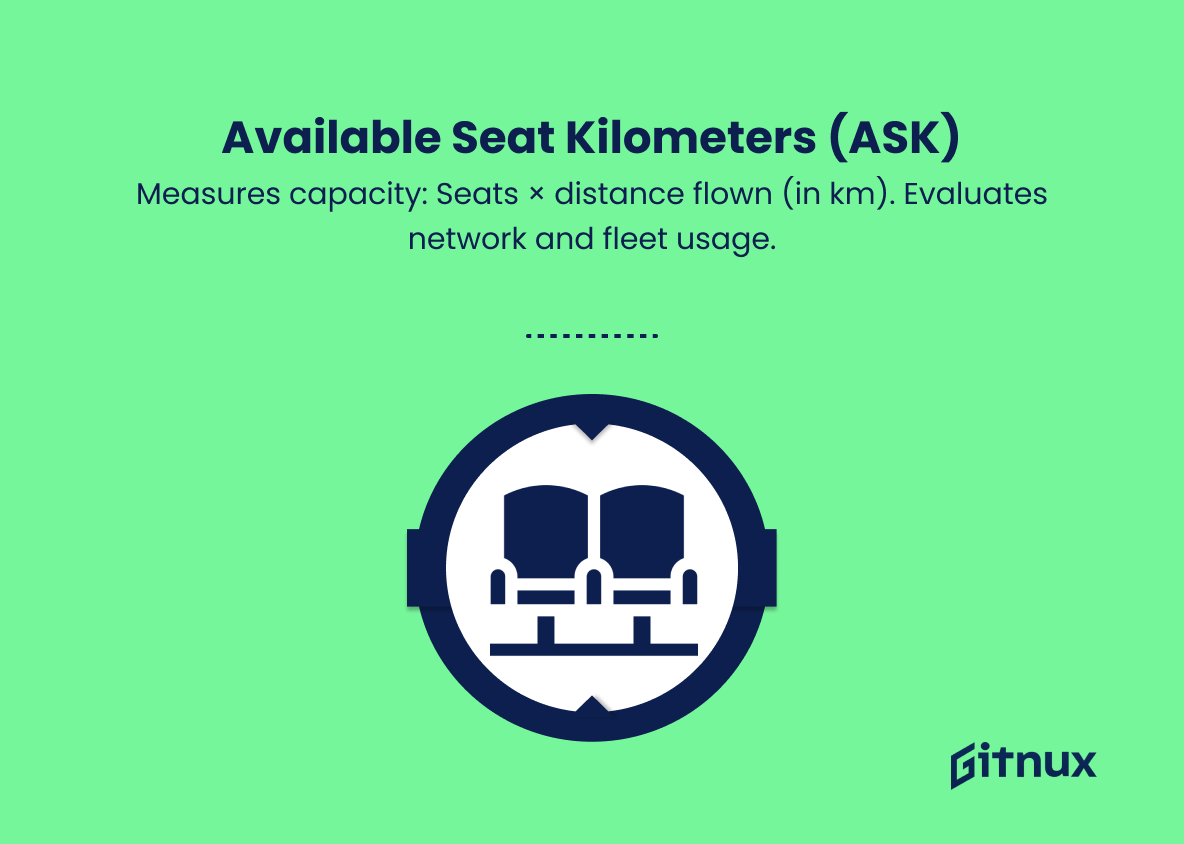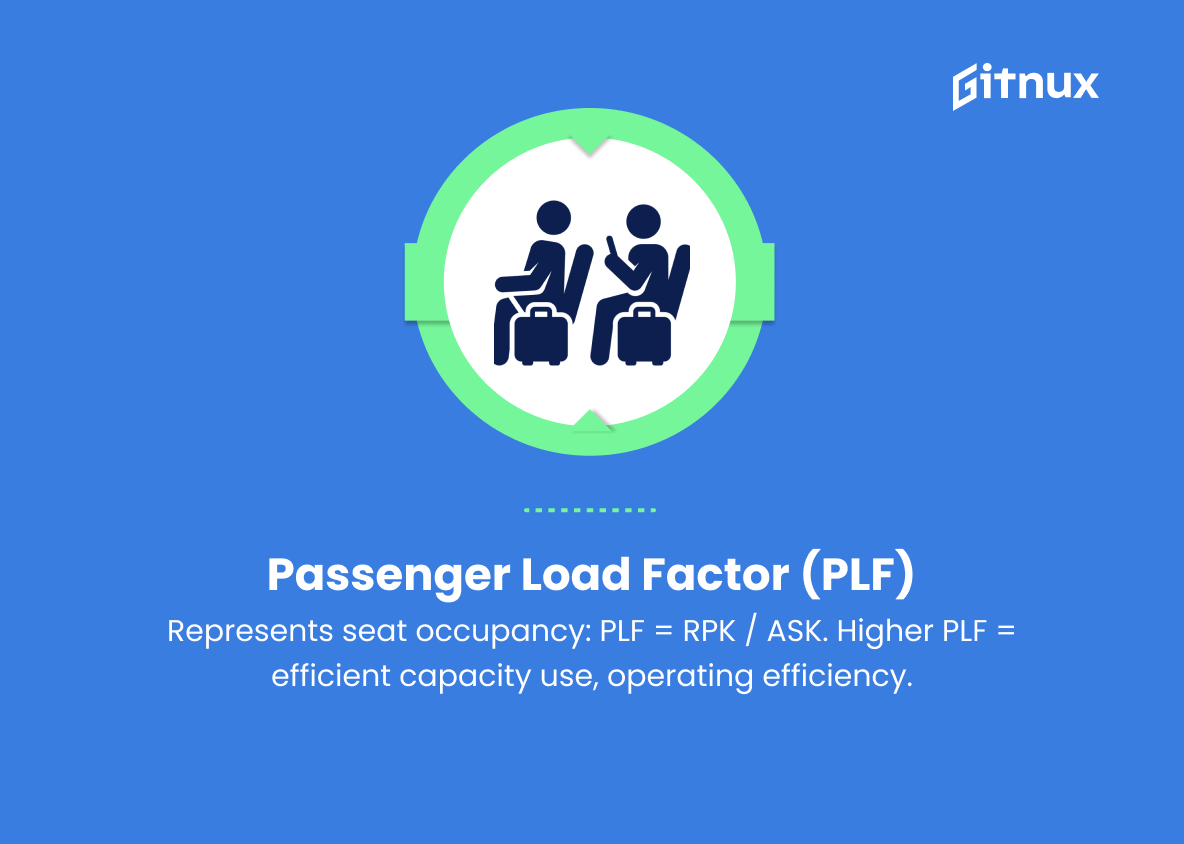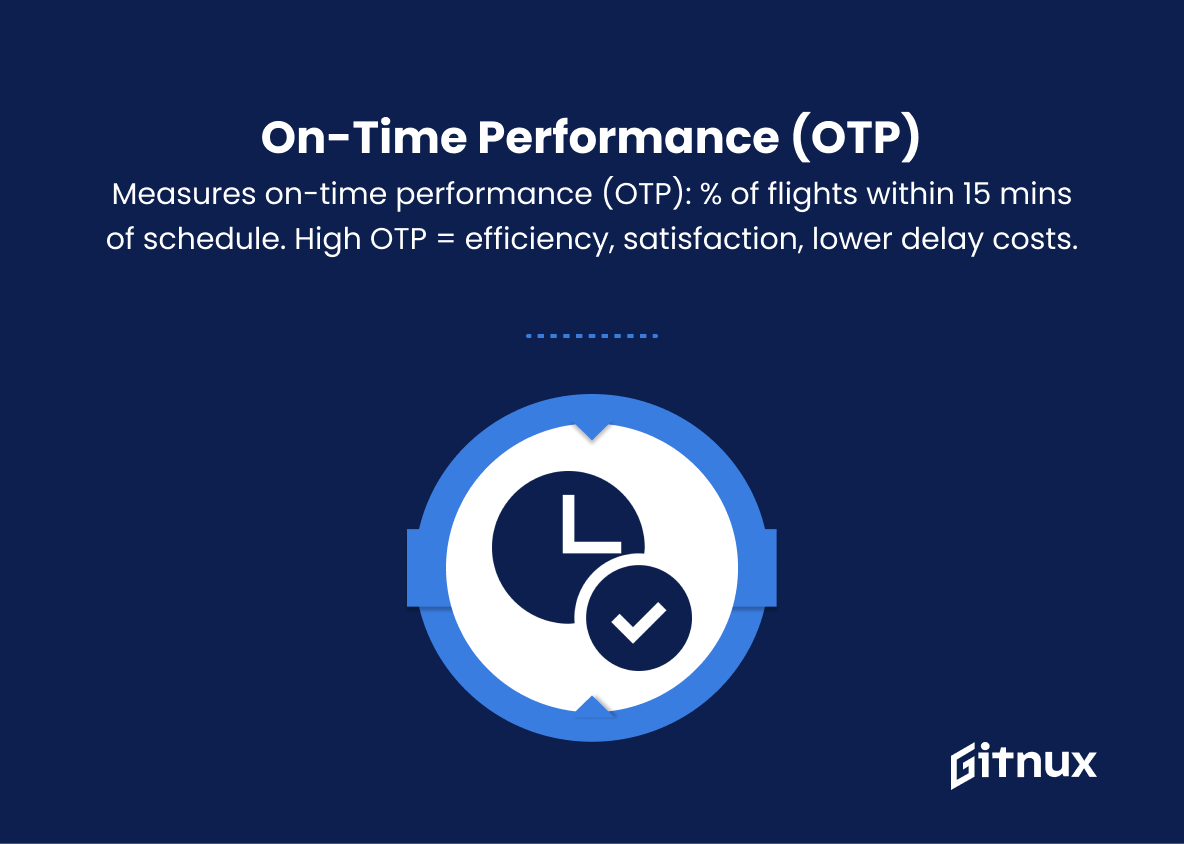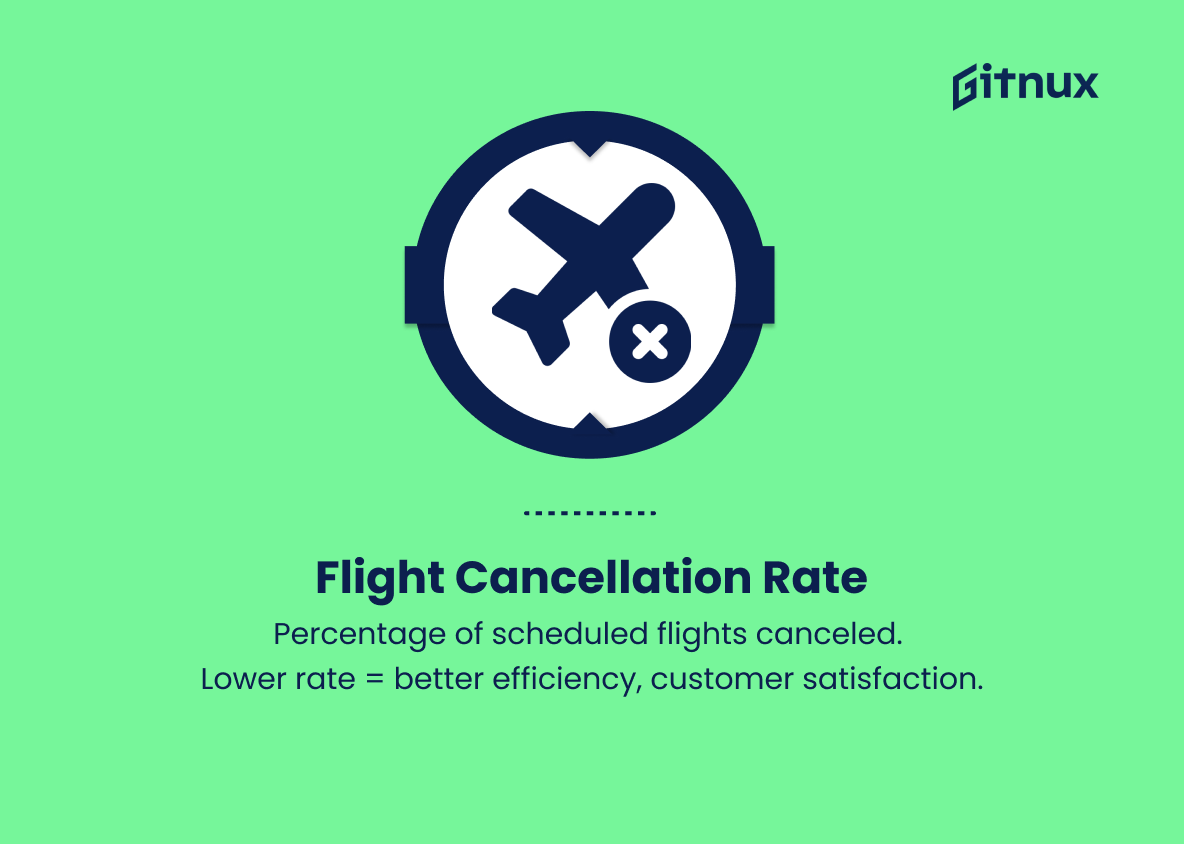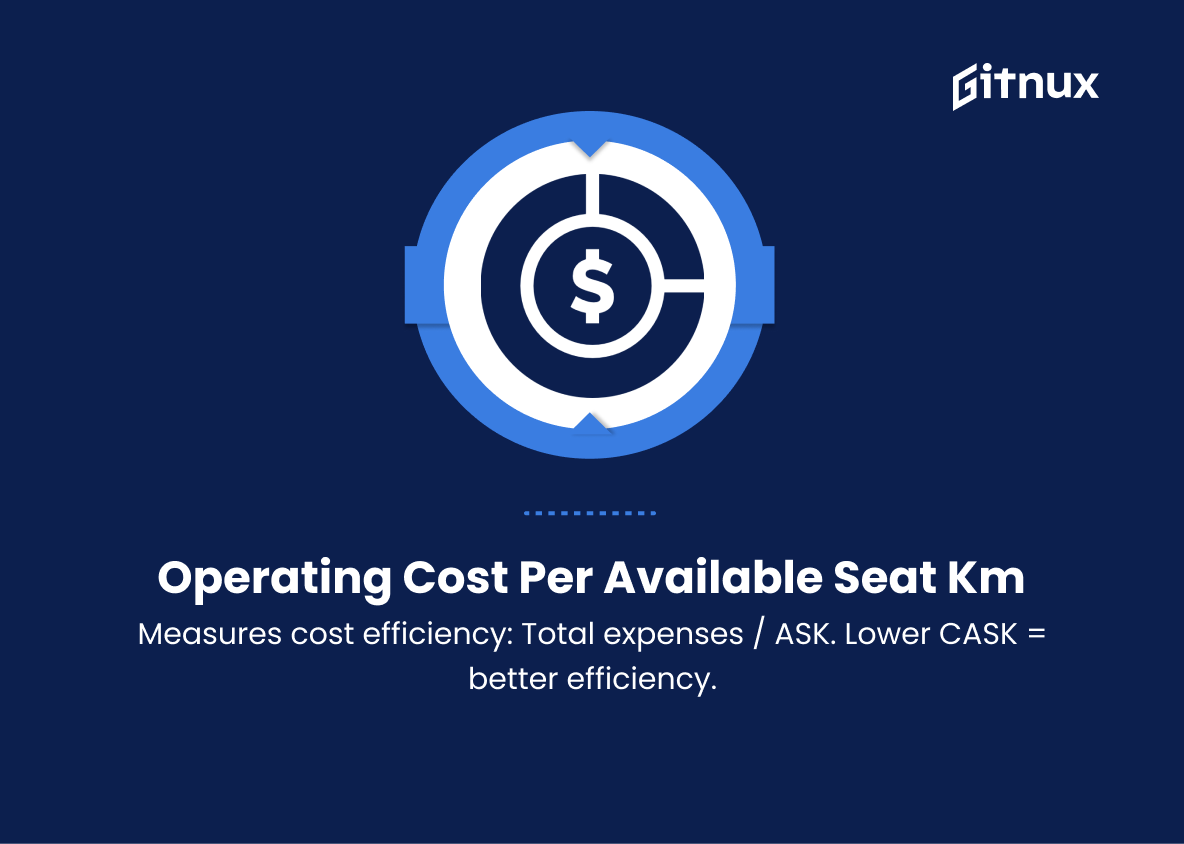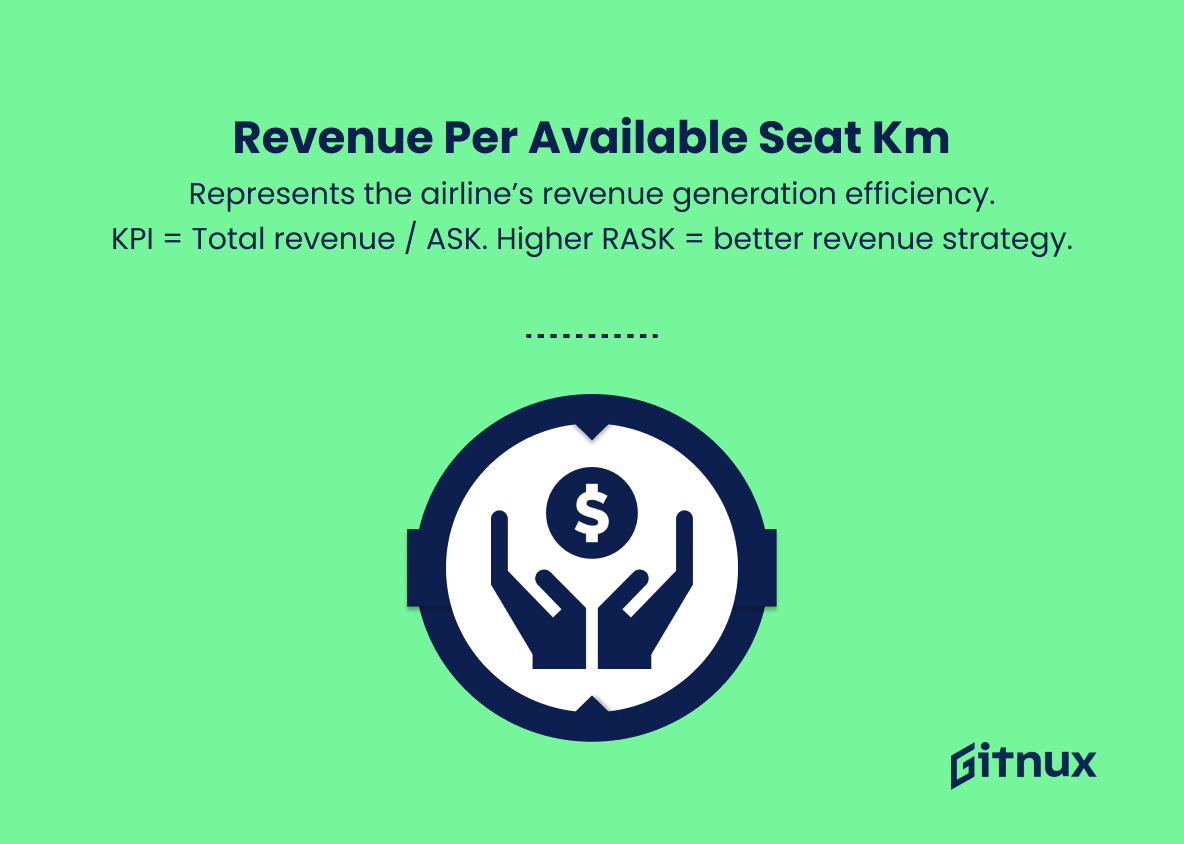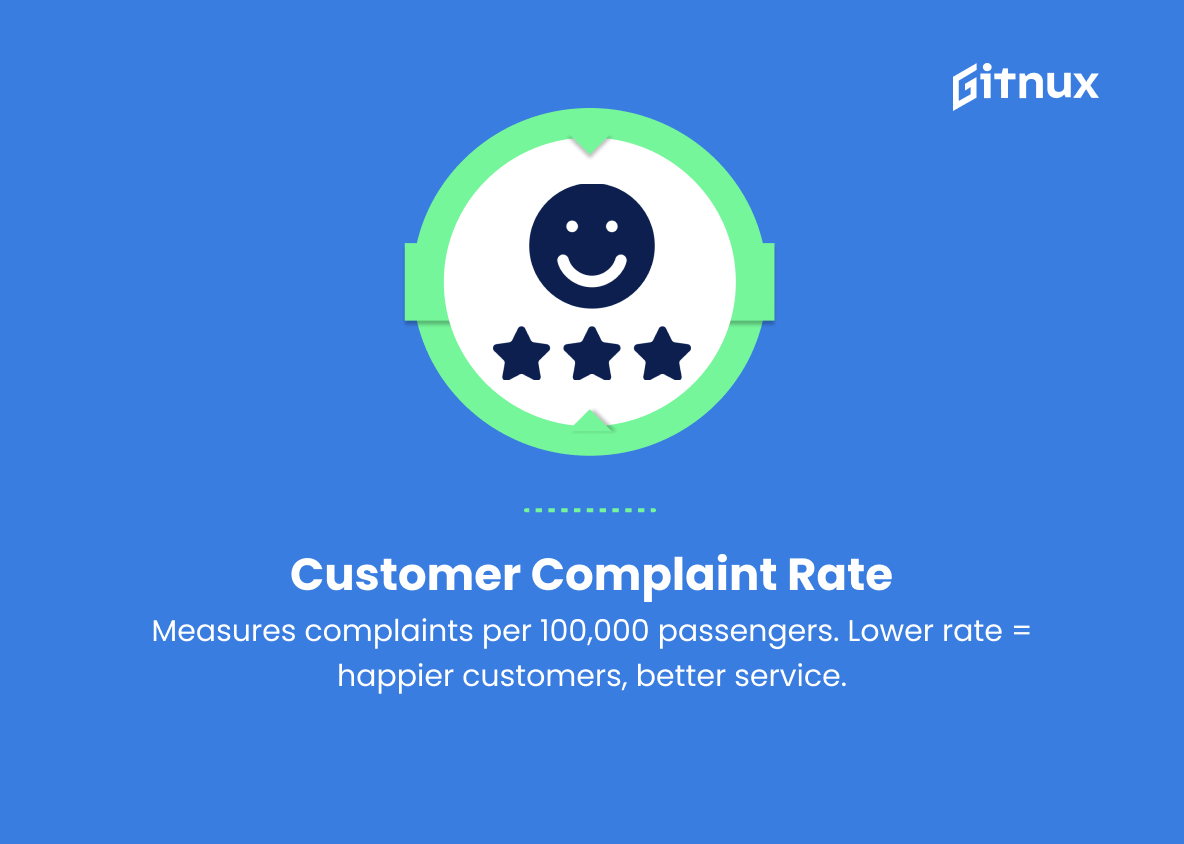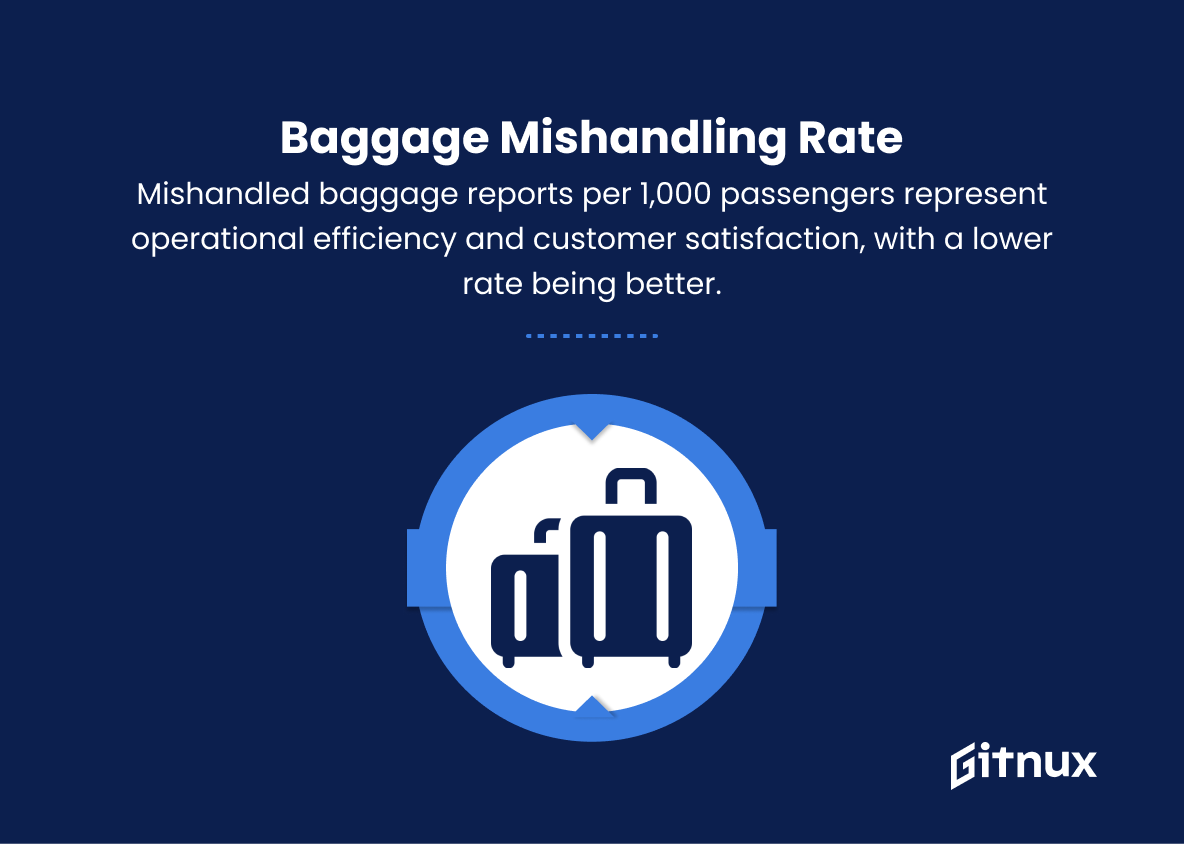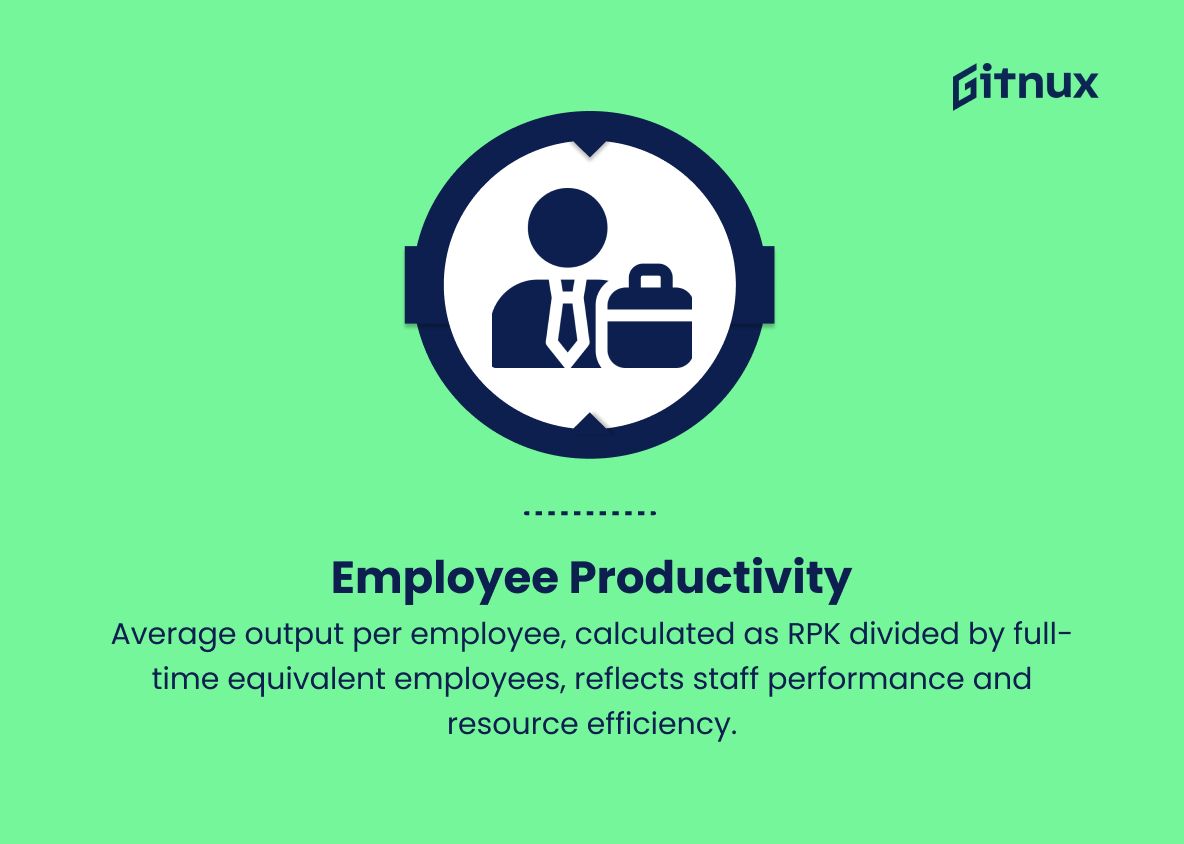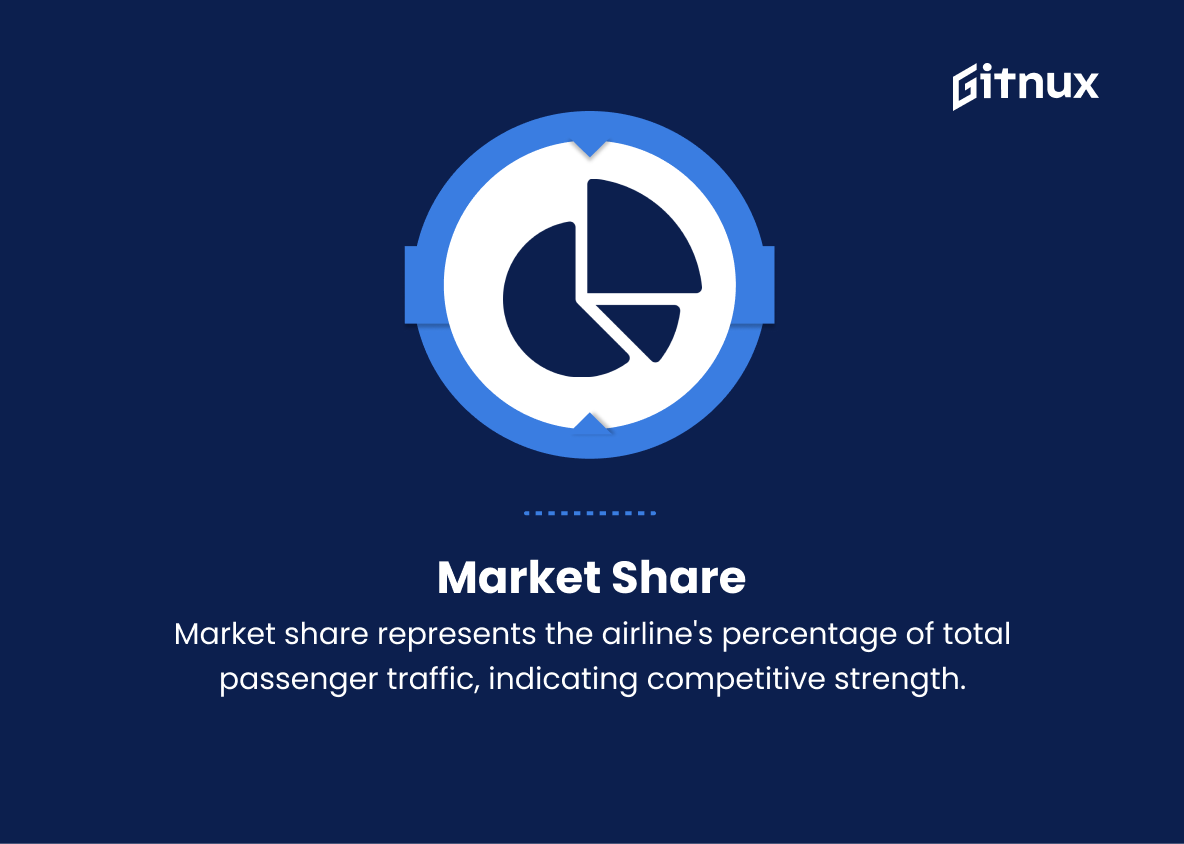In an increasingly competitive industry where efficiency, safety, and customer satisfaction are top priorities, airlines must rely on data-driven insights to excel in multiple operational dimensions. Key Performance Indicators (KPIs) serve as a guide for airlines to measure, analyze, and optimize their performance in order to deliver excellence and remain ahead of the competition.
Key Performance Indicators (KPIs) serve as a guide for airlines to measure, analyze, and optimize their performance in order to deliver excellence and remain ahead of the competition.In this comprehensive blog post, we delve into the world of Airline KPIs, shedding light on the most significant indicators, their importance for decision-making, and how they contribute to overall success and sustainability. Join us as we embark on a journey to uncover the numbers and metrics that help airlines soar to new heights.
Airline KPIs You Should Know
1. Revenue Passenger Kilometers (RPK)
A measure of the total distance traveled by all paying passengers. It is calculated by multiplying the number of revenue passengers by the distance traveled in kilometers. This KPI indicates the airline’s overall operational efficiency.
2. Available Seat Kilometers (ASK)
Measures the airline’s passenger carrying capacity. It is calculated by multiplying the number of available seats by the distance flown in kilometers. This KPI helps in assessing the airline’s network capacity and fleet utilization.
3. Passenger Load Factor (PLF)
Represents the percentage of available seats that are occupied by revenue passengers. It is calculated by dividing RPK by ASK. Higher PLF indicates better utilization of aircraft capacity and higher operating efficiency.
In an increasingly competitive industry where efficiency, safety, and customer satisfaction are top priorities, airlines must rely on data-driven insights to excel in multiple operational dimensions.4. On-Time Performance (OTP)
Measures the percentage of flights that arrive or depart within 15 minutes of their scheduled time. High OTP indicates better operational efficiency, customer satisfaction, and lower costs related to delays.
5. Flight Cancellation Rate
The percentage of scheduled flights that are canceled. A lower cancellation rate indicates better operational efficiency and customer satisfaction.
6. Passenger Yield
Measures the average amount of revenue generated per passenger, per kilometer flown. It is calculated by dividing total passenger revenue by RPK. This KPI indicates an airline’s pricing strategy effectiveness and market demand.
7. Operating Cost per Available Seat Kilometer (CASK)
Measures the airline’s cost efficiency. It is calculated by dividing total operating expenses by ASK. A lower CASK indicates higher cost efficiency.
8. Revenue per Available Seat Kilometer (RASK)
This KPI represents the airline’s revenue generation efficiency. It is calculated by dividing total revenue by ASK. Higher RASK indicates better revenue management and pricing strategy.
9. Customer Complaint Rate
Measures the number of complaints per 100,000 passengers. A lower complaint rate indicates higher customer satisfaction and better service quality.
10. Baggage Mishandling Rate
Represents the number of mishandled baggage reports per 1,000 passengers. A lower mishandling rate indicates better operational efficiency and customer satisfaction.
11. Employee Productivity
Measures the average output per employee, typically calculated by dividing RPK by the number of full-time equivalent employees. Higher employee productivity indicates better staff performance and efficient resource allocation.
12. Fuel Efficiency
Measures the fuel consumption per ASK or per RPK. Improved fuel efficiency helps reduce operating costs and environmental impact.
13. Market Share
Represents the percentage of the total market served by an airline in terms of passenger traffic. A higher market share indicates a strong competitive position.
These KPIs can help airlines monitor their performance, identify areas for improvement, and make better-informed decisions to achieve their goals.
Airline KPIs Explained
Airline KPIs such as Revenue Passenger Kilometers (RPK), Available Seat Kilometers (ASK), Passenger Load Factor (PLF), On-Time Performance (OTP), Flight Cancellation Rate, Passenger Yield, Operating Cost per Available Seat Kilometer (CASK), Revenue per Available Seat Kilometer (RASK), Customer Complaint Rate, Baggage Mishandling Rate, Employee Productivity, Fuel Efficiency, and Market Share are essential metrics for evaluating an airline’s performance, operational efficiency, and customer satisfaction.
These KPIs provide insights into an airline’s network capacity, fleet utilization, pricing strategy, revenue generation, cost management, and overall competitive position. By monitoring these key performance indicators, airlines can identify strengths and weaknesses, implement improvements, and make data-driven decisions to achieve their strategic goals and successfully compete in the dynamic aviation industry.
Conclusion
In summary, understanding and carefully tracking Airline KPIs is crucial in the competitive aviation industry. By setting and monitoring these performance indicators, airlines can optimize operational efficiency, achieve financial targets, improve customer service, and ultimately, stand out in the market. As the industry continues to evolve and adapt to changing demands, it is essential for airlines to stay attuned to these KPIs and utilize them as a roadmap for success.
To effectively utilize Airline KPIs, it is crucial to regularly review and refine them to reflect current priorities and foreseeable future trends. By doing so, airlines can continue to soar higher and confidently navigate the complex world of aviation.
